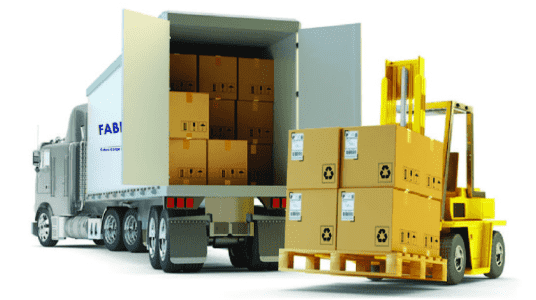

Also, road freight has reliable schedule and transport time.ĭoor to door delivery – This is, perhaps, the biggest advantage of road freight.nGoods can be picked up directly from the loading point and dropped at the destination, without the need of any other mode of transport or multiple handling. While there are other freight shipping modes available to choose from, road freight has its own advantages –Ĭost efficient – Road freight is one of the most economical and cost-efficient mode of freight transport and is highly preferred by small and medium size companies.įlexible – Since there are roads at every civilized place, road freight gives the transporter the flexibility to choose the route, mid-way drop offs and final destinations. In such cases, opting for a FTL is advisable, even when the shipment size is smaller. Shipment type – While the size of the shipment is a factor, there are instances when some type of goods cannot share truck space with others, these are usually high risk, dangerous or delicate goods. In FTL, shipments usually have one origin and one destination point, making FTL a faster option. This is mainly because, in LTL, the vehicle may take a slightly longer route, the frequency of stops may be more and transferring / repacking of goods may also be involved. Time – LTL freight takes more time as compared to FTL. But, if you have cargo large enough to fill an entire truck, FTL can prove to be cost effective.


Shipment Size – If you have small cargo units, not enough to fill the entire truck load, then LTL is usually the best option, except when your goods fall in high risk category.īudget – Shipping with LTL, if you have smaller freight, can lead to significant reduction in your freight cost as compared to hiring a complete truck, that would be partially empty. There are several differences between LTL and FTL freight transport, it is important to consider the following before zeroing on your option –

Choosing between LTL and FTL Road Freight
FTL FREIGHT FULL
LTL is a cost-effective road freight method and is ideal for small and medium size businesses, however, it takes more time for delivery as compared to FTL, as there can be multiple stops, and packing / repacking requirements on the way.įTL, on the other hand, refers to Full Truck Load freight and is generally opted by businesses for one of these reasons – they have shipment size enough to engage an entire truck, they require an entire truck even when the truck is not fully filled, when they have a time constraint or when they have high risk / delicate goods. In LTL, a business shares truck space and the transport cost with other businesses. LTL, Less Than Truckload, freight is generally opted by businesses which have smaller size cargo not enough to fill the entire truck load. Road freight can be categorized into LTL and FTL. Road freight is also used in combination with air and sea freight modes, so as to facilitate door to door delivery, if and when required. It is also one of the classic forms of logistics in the world and the most commonly opted mode of transport globally. What Is Road Freight?Īlso known as road transport or road haulage, road freight essentially refers to the transport of cargo / products through roadways. Road freight, part of land freight, is one of the most commonly used freight transport modes and is also one of the most handy one. Freight transport can be majorly categorized under three heads – air, sea and land.


 0 kommentar(er)
0 kommentar(er)
